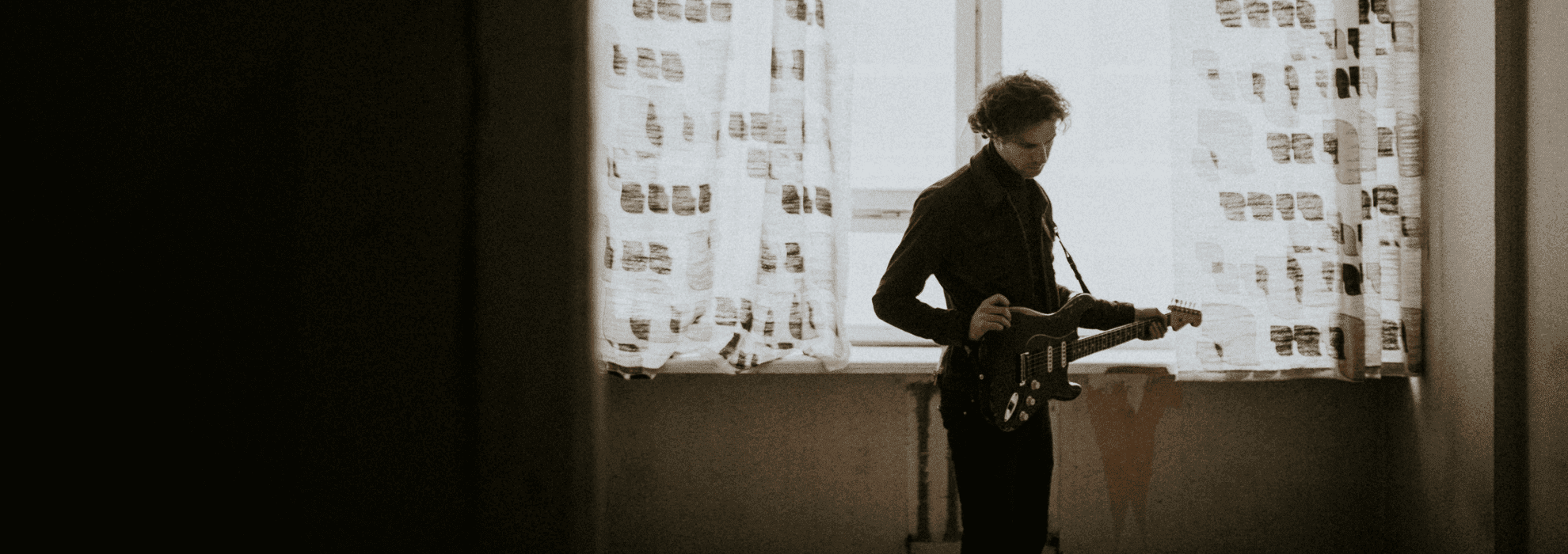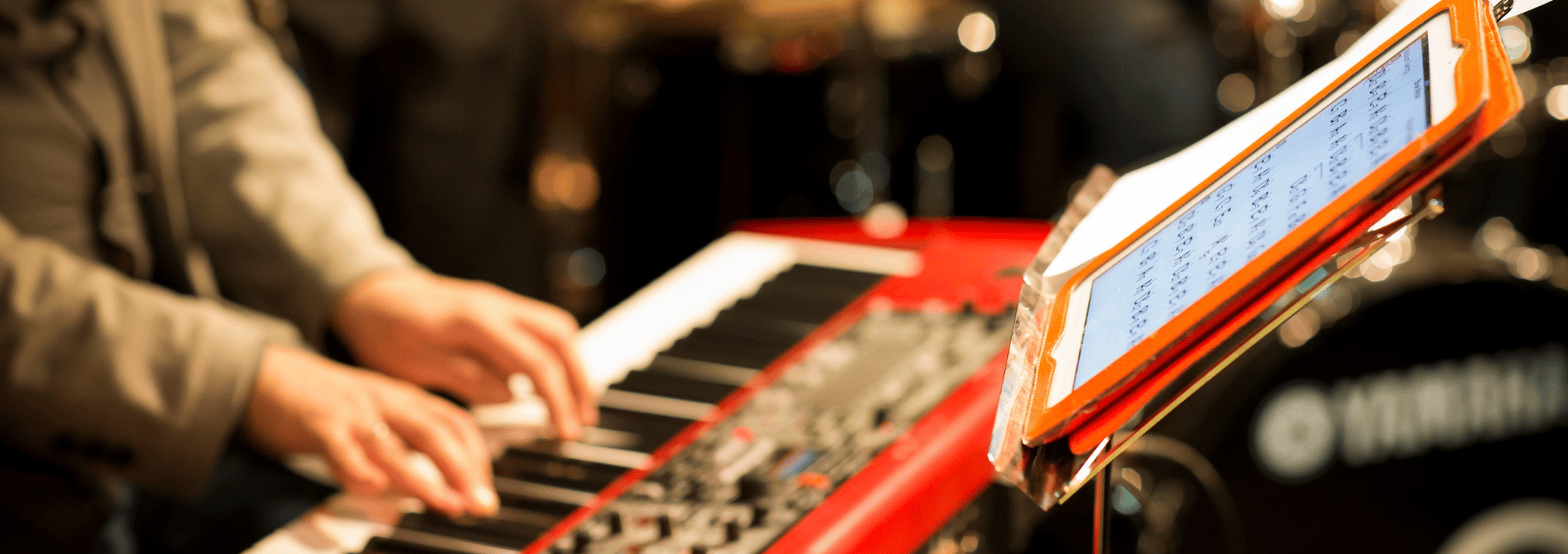The Evolution of Pop Music


Pop music is an integral part of the music industry and has been so for numerous decades. The genre constantly changes and evolves in style, structure, tone, and many other ways. However, things like catchy melodies and mainstream appeal are common to most, if not all, pop songs.
As early as the 1900s, traces of pop music can be found in the first commercial recordings. Popular songs from the era, such as “After the Ball” and “Give My Regards to Broadway,” were typically performed by singers with orchestral accompaniment. Popularised by the rise of radio, the pop style of music was brought into more people’s homes than ever before.

Pop music underwent a significant transformation with the rise of rock and roll in the 1950s. Artists like Elvis Presley, Chuck Berry, and Little Richard brought a new sound to the pop music scene, characterised by its use of electric guitars and energetic rhythms. Rock and roll quickly became the dominant force in pop music, with its influence felt throughout the 1960s and beyond.
World-famous British bands like The Beatles and The Rolling Stones began dominating America’s pop music scene in the early 1960s. This period, known as the “British Invasion,” brought a new sound and style to pop music, characterised by its harmonies, catchy melodies, and rock-inspired instrumentation. The British Invasion significantly impacted the development of pop music, inspiring a generation of musicians and paving the way for new styles and sounds.

Disco music emerged as a major force in pop music in the 1970s. Songs like “Stayin’ Alive” by the Bee Gees and “Le Freak” became instant classics. Disco music was also notable for its use of synthesisers and electronic instruments.
The 1980s saw the rise of pop icons, with the likes of Michael Jackson, Madonna, and Prince, defining the era’s sound. Pop music in the 80s was characterised by its use of synthesisers, drum machines, and electronic instruments. “Billie Jean,” “Material Girl,” and “Purple Rain” quickly became classics, ultimately defining the sound of the decade and inspiring a new generation of pop artists.

Pop music in the 2000s was characterised by its use of auto-tune, electronic beats, and hip-hop-inspired production. The rise of social media and streaming platforms also helped to make pop music more accessible than ever, with artists able to connect with fans worldwide with just the click of a button.
Pop music continues to evolve and change, with new artists and subgenres constantly emerging. From the rise of K-pop to the resurgence of 90s-inspired pop, the genre is continuously reinventing itself.

In conclusion, pop music’s evolution has been a fascinating journey characterised by constant reinvention and innovation. From the early days of radio broadcasts to the rise of rock and roll, the British Invasion, the age of disco, the pop icons of the 1980s, and the pop revival of the 2000s, pop music has undergone numerous transformations. With each new era comes new sounds, technologies, and styles, all contributing to pop music’s rich and diverse history.
Today, pop music is more global and inclusive than ever, with artists worldwide contributing to the genre’s evolution. From Latin pop to Afrobeats to J-pop, pop music is no longer confined to the English-speaking world but instead embraces cultural diversity and blends musical traditions from around the globe.
In music education, harnessing the transformative power of music to advocate for justice and equality emerges as a crucial endeavour. This article delves into the…
As a music teacher, you know the value of engaging and motivating your students in the classroom. But let’s face it – it’s not always…
Music has the incredible power to bring people together, uplift spirits, and create lasting memories. It transcends language barriers, cultural differences, and societal boundaries, allowing…
Please fill out the form below and we will get back to you as soon as possible.
Can’t remember your password? Click here.
